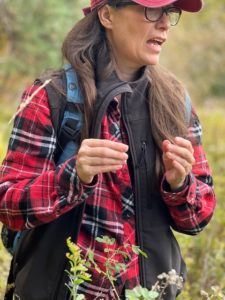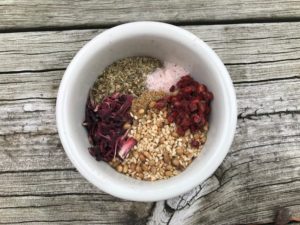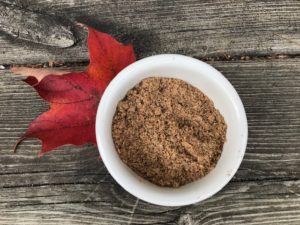Note: As an Amazon Associate, I earn a small amount from qualifying purchases through links from this website.
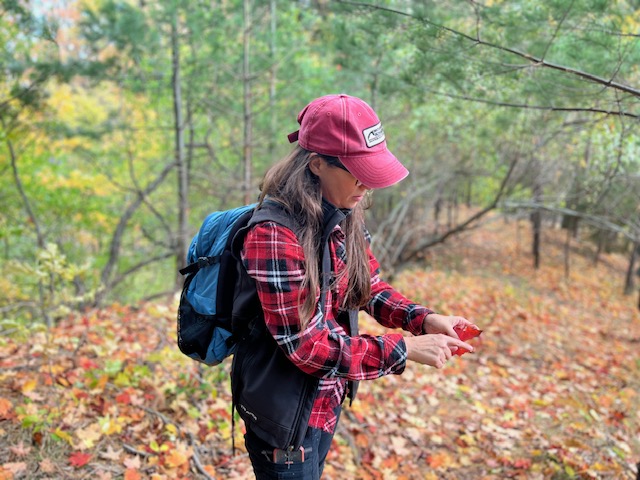
I’ve spent years developing skills and honing them. Skills take time and practice. Some skills take a mentor or a teacher. With the internet and a library the ability to acquire and develop skills has gotten a lot easier to attain. The 10,000 rule is something Gladwell spoke of in his book, “Outliers“. It is the idea that to become a master of a complex subject you need to spend approximately 10,000 hours at it to become a master. I have musicians in my family who are masters. Over the course of two decades they have spent far more than a few hours weekly honing a skill that has turned into a craft with beautiful and inspiring outcomes.
There are natural abilities, inclinations and there is practice. My family members developed mastery with practice, no amount of natural ability can replace practice and study. Certainly if you are gifted in an area the skill and subject matter outcome may be different. However, I have known many with natural abilities that got nowhere with their skill because they lacked the desire and determination to practice. I have also met people who struggled with natural ability but practiced their way to mastery.
If we do the math it takes about 2-3 hours a week over 10 years to be a master at an advanced skill. Some skills take less mastery than others. You can speed this pace up or slow it down. Boiling an egg probably only takes a few hours to master. Do you like hard boiled, soft boiled? Are you using fresh eggs or aged eggs? And so on. The art of tanning hides I know can take years to master and yet I know of a young man who learned over the course of a few years by diving deeply into the subject by spending countless hours in study and practice. He makes beautiful buckskin apparel now. He couldn’t learn this just by reading or watching, he had to do it. He failed and he did it again and again AND AGAIN.
One thing must be said here, you can’t be afraid to fail. Our modern systems often teach us to be afraid of failing, afraid to give the wrong answer. Failure means you are trying, you are doing! We should be afraid of NOT failing because we didn’t risk anything. We should not be afraid to try and fail and dust ourselves off and try again. This process can repeat over and over again before we master something. And even once mastered failure is part of the process. One of my favorite farmers Joel Salatin puts it like this, “Anything worth doing well, is worth doing poorly first.” Wise words!
So what is the challenge? I’d like to challenge my readers to develop a skill, start with one. It can be as simple as boiling and egg and as complex as mastering a string instrument. You pick! I will be working along side you to acquire my own skills. I am starting right away with my third season of experiments growing food inside in soil under lights. I also will be bringing out my art supplies and creating fiber products and artwork. These are skills I am honing, skills I’ve already started to develop. I will share with you here the new skills I decide to develop in posts. I will be honest and share my failure and comical attempts. Some of these skills I will never take to mastery and others I may decide are worth the time and effort.
A great book and website for this subject is Paul Wheaton’s book SKIP. Don’t let the title turn you off, it is a book about skills, not just about the acquisition or gifting of land. Paul has a great site that is full of information called Permies. You can hop over to Telegram or my Facebook page and share your journey. You can also just email me and I will cheer you on!
Now go do the things!!!

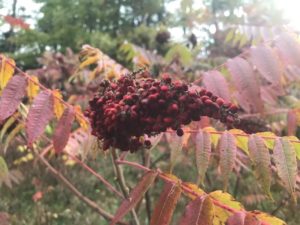 Note: As an Amazon Associate, I earn a small amount from qualifying purchases through links from this website.
Note: As an Amazon Associate, I earn a small amount from qualifying purchases through links from this website.